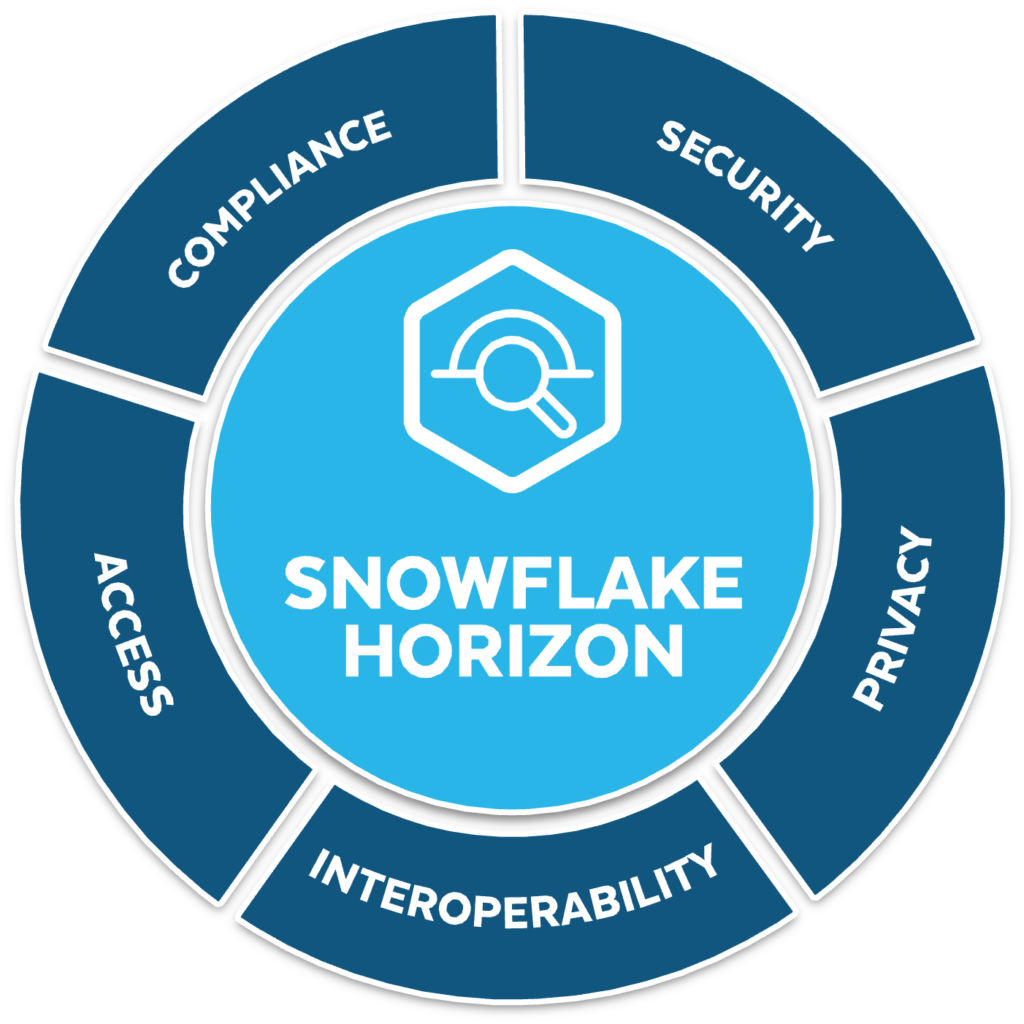Many firms nowadays are built on the foundation of data. Data gets transmitted between internal departments and even shared with third parties to improve customer experience, impact industry trends, and streamline day-to-day operations, so data security is crucial.
This need for security is where Data Classification enters the picture.
Data classification processes classify sensitive data with a classification label like “Confidential” or “Public” while also cleaning a company’s storage of redundant, obsolete, and trivial data (ROT) that has been neglected and unmanaged.
Whether your objectives are motivated by privacy regulations, such as the GDPR, CCPA or CPRA, PCI DSS, and HIPAA to protect sensitive data or by security-focused on every data type within your firm, classifying data is essential.
This article will explain the following:
What is Data Classification?
The practice of examining structured or unstructured data and categorizing it into categories based on file type, contents, and other metadata is known as data classification.
Organizations can use data classification to answer crucial questions about their data, which informs how they manage risk and data governance regulations. It can tell you where your most essential data is stored. Plus, it defines the type of sensitive information your users are most likely to create. Furthermore, extensive data classification systems must comply with modern data privacy requirements.
If data is altered, stolen, or destroyed, it gets classified according to its kind, sensitivity levels, and worth to the organization. It assists a company in determining the value of its data, determining whether the data is in danger, and putting controls in place to limit risks. Furthermore, automated classification aids an organization’s compliance with industry-specific regulations like HIPAA, PCI DSS, and GDPR.
When Do You Need Data Classification Products?
Data-based technology now gets employed for various objectives, including sensitive data discovery, data protection, and security activities.
However, you may still classify data for various purposes, including the convenience of access, regulatory compliance, and achieving a variety of other corporate or personal goals. Data classification is sometimes required by law, as data must be searchable and retrievable within certain timeframes.
The classification of data subjects is valuable for data security since it allows for correct security responses based on the type of data collected, sent, or duplicated. Thus, there is no better time to make a move to automate data security than now.
Types of Data Classification Products
Data classification frequently entails a plethora of tags and labels that describe the type of data and its confidentiality and integrity.
Data sensitivity is frequently classed based on several levels of importance or confidentiality, which gets linked to the security measures implemented to safeguard each classification level.
Industry standards for data classification products get divided into three categories:
- Content-based classification: Examines and interprets documents in search of sensitive data.
- Context-based classification: Application, location, or creator, among other characteristics, are used as indirect markers of sensitive information.
- User-based classification: Each document is classified manually by the end-user.
In the end, firms must know what works best for them to avoid false positives.
Examples of Data Classification
Organizations frequently establish data sensitivity levels to specify how they should handle different forms of classified data. For most businesses, three classification levels are the ideal number.
The following are suggested definitions and examples for a categorization taxonomy with three sensitivity levels:
High Sensitivity Data
- Definition: Because it generally gets protected by laws like GDPR, CCPA, and HIPAA, and because it could cause severe harm to an individual or an organization if breached, high-sensitivity data necessitates strict access controls and protections.
- Examples: Customer personal data, FISMA-protected information, privileged credentials for IT systems, protected health information, Social Security numbers, intellectual property, and employee records are all examples of high-sensitivity data.
Medium Sensitivity Data
- Definition: In Medium Sensitivity Data, the sensitivity is moderate. Data is only for internal use, but a data breach will not have a huge effect on the company.
- Examples: A list of supplier contracts, IT service management information, student education records, telecommunication systems information, and internal correspondence that does not include confidential data are all considered medium sensitivity data.
Low Sensitivity Data
- Definition: Low-sensitivity data is public information that does not need to be kept private.
- Examples: Content from public websites, press releases, marketing materials, and the employee list are examples of low sensitivity data.
Data Classification Products Best Practices
- Keeping the following best practices in mind while you implement and scale a data classification policy is recommended:
- Find out which Compliance Regulations or Privacy Laws Apply to your Company: You need to know which laws apply to your business to stay in compliance with the law and avoid fines and lawsuits. If you do not, you could sue your company, and your customers could be hurt, not to mention the damage it could do to your business.
- Start with a Feasible Scope: It is almost inconceivable to classify all data in your company at once. When you start small and then learn from how that process worked, you can make your next efforts more successful.
- Determine How to Use Your Results Most Effectively: While an effective data classification policy requires data categorization levels, data management, and data tagging, validating the results is as crucial. As a result, the process will be successful. You can also spot flaws and work on them in the future.
- Make sure you understand hidden costs: For example, some data classification products scans your data and may incur high costs, or cause operational overhead.
- Make sure classification is not an ad-hoc project. Sometimes the data classification is considered a “one-time project”, or an annual project. In most environments, where data is very much alive, you should make sure data classification is also continuous.
In the end, a robust data security strategy must include data classification as a key component.
Conclusion
Data classification techniques identify flaws that firms must address to remain competitive and compliant in this data-driven environment.
After you figure out what data is important, you will need to figure out who can see it and what happens to it at all times. As a result, you will be able to keep your important information safe and keep your company from being the subject of bad news.
Data Classification with Satori
Satori provides a different approach to data classification. With Satori, data is continuously discovered and classified, instead of performing ad-hoc scans.
Learn more:



